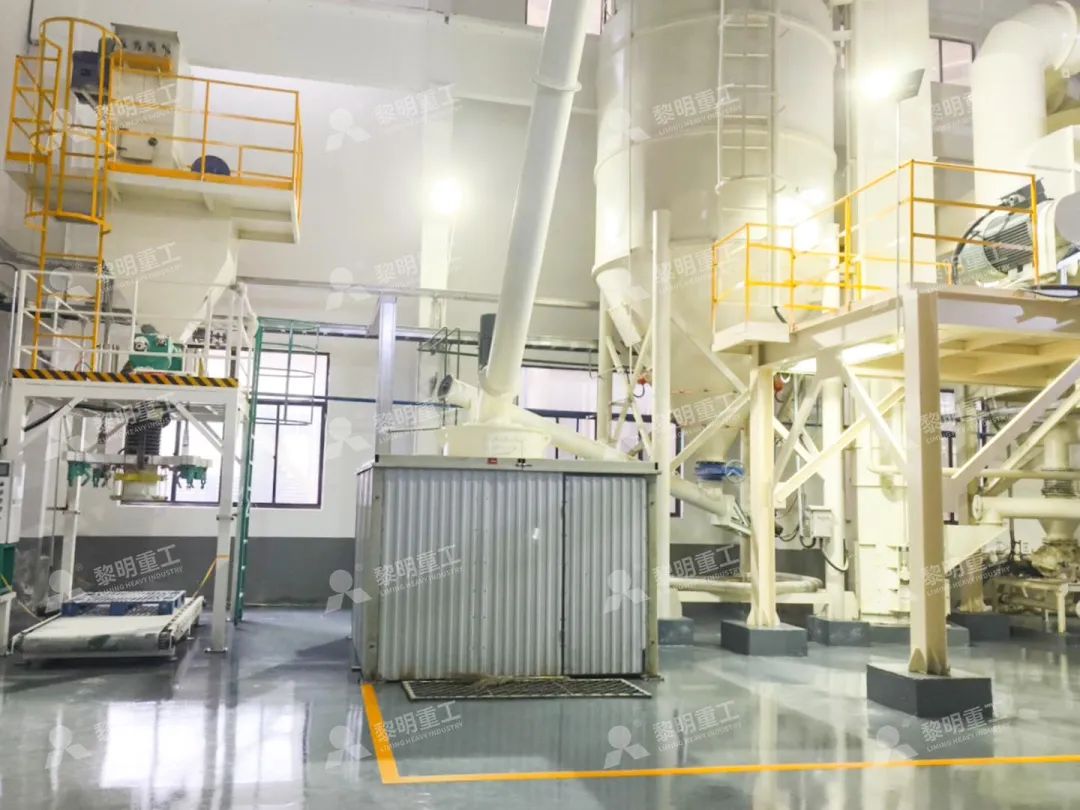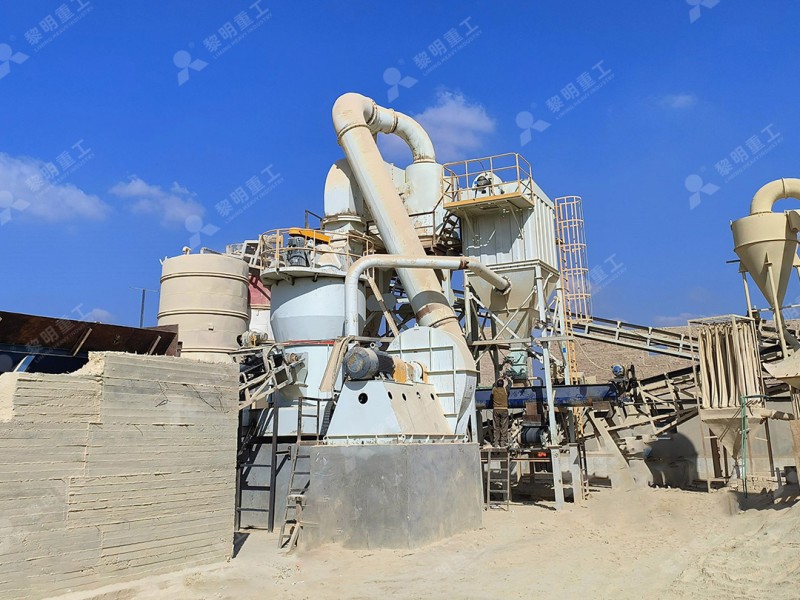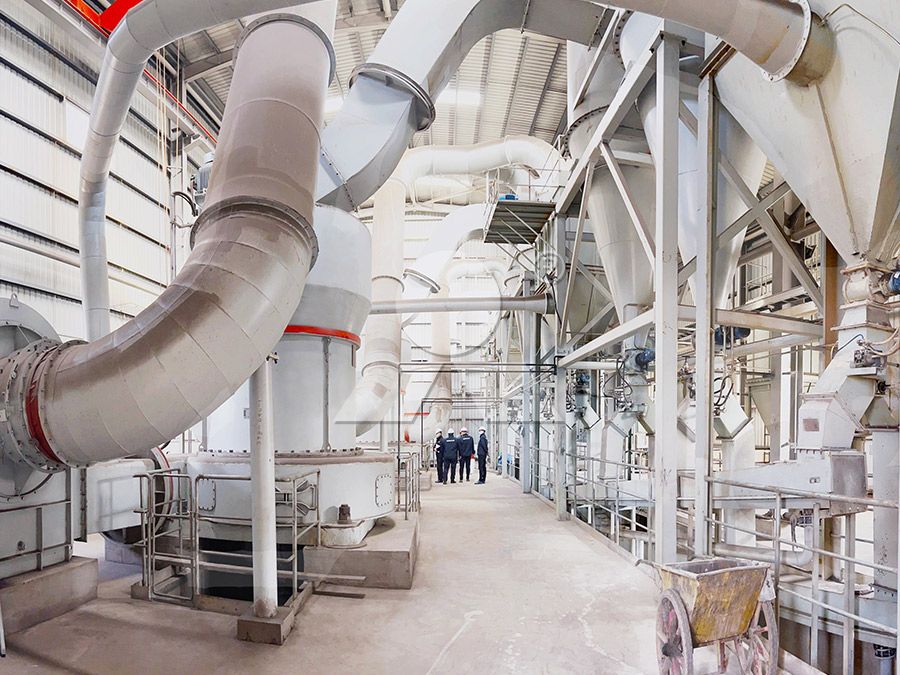Cost of Masala Mill and Packing Machine | Price Guide & Factors
Cost of Masala Mill and Packing Machine | Price Guide & Factors
Investing in a masala mill and packing machine is a significant decision for any spice processing business. The cost isn’t just about the initial purchase price; it’s a complex equation involving capacity, technology, operational expenses, and long-term reliability. Understanding the factors that influence the price can help you make an informed investment that maximizes your return.
Key Factors Influencing the Cost
Several critical elements will determine the final price tag of your setup.
1. Mill Type and Grinding Technology
The heart of your operation is the grinding mill. The technology it uses is the primary cost driver. Basic hammer mills are more affordable upfront but may produce more heat, potentially affecting the quality of heat-sensitive spices like turmeric or paprika. Advanced pulverizers and ultrafine grinding mills offer superior control over particle size and temperature but come at a higher initial investment. For producers aiming for the highest quality, ultra-fine powder, a mill like our MW Ultrafine Grinding Mill is an ideal choice. It’s engineered for customers who need to make ultra-fine powder, boasting features like higher yielding with lower energy consumption and adjustable fineness between 325-2500 meshes.

2. Capacity and Throughput
How much masala do you need to produce per hour? Capacity, measured in tonnes per hour (tph), directly impacts cost. A small-scale mill for a local shop (e.g., 0.5-1 tph) will cost significantly less than an industrial-grade system designed for 20-25 tph. Our MW Mill, for instance, offers a capacity range of 0.5-25 tph, making it scalable for various business sizes.
3. Level of Automation
Fully automated lines with integrated packing machines command a premium price. Automation includes features like automatic feeding, precision weighing, bagging, sealing, and coding. While the initial outlay is higher, it drastically reduces labor costs, improves consistency, and increases overall output in the long run.
4. Material of Construction
Spices are corrosive and can degrade equipment. Mills and packers constructed from food-grade stainless steel (SS304 or SS316) are more expensive than carbon steel but are essential for hygiene, durability, and preventing contamination of your product.
Beyond the Mill: The Packing Machine
The grinder is only half the story. A reliable packing machine is crucial for presenting and preserving your product. Costs vary based on the type:
- Auger Fillers: Best for powders like masala. Price depends on accuracy and speed.
- Form-Fill-Seal (FFS) Machines: Create bags from a roll of film, fill them, and seal them. More automated but more costly.
- Volumetric Cup Fillers: A more economical option for free-flowing powders.

Operational Costs: The Hidden Factor
Don’t forget to budget for running costs. A mill that is energy-efficient can save thousands in electricity bills over its lifetime. For example, our LUM Ultrafine Vertical Grinding Mill is renowned for its energy-saving multi-head powder separating technology, reducing energy consumption by 30%-50% compared to common grinding mills. This makes it a cost-effective solution for high-volume processing of materials like limestone, calcite, and dolomite, which are often used as carriers or in spice blends.
Estimated Price Range
It’s impossible to give a single price, but here’s a rough guide:
- Basic Small-Scale Setup: A semi-automatic mill and basic auger filler can start from $15,000 – $30,000.
- Medium-Scale Automated Line: A good quality automated mill (like our MW series) and an automatic FFS machine can range from $50,000 – $120,000.
- Large Industrial Plant: A fully integrated, high-capacity grinding and packing line can easily exceed $200,000.

Making the Right Investment
Choosing the right equipment is a balance between your current budget and future growth plans. Investing in robust, efficient technology from a reputable supplier may cost more initially but pays dividends through lower operating costs, minimal downtime, and a superior final product. Always request quotes based on your specific raw materials and desired output, and ask for a detailed breakdown of costs, including installation and commissioning.
Remember, the cheapest option is rarely the most cost-effective in the long term.
